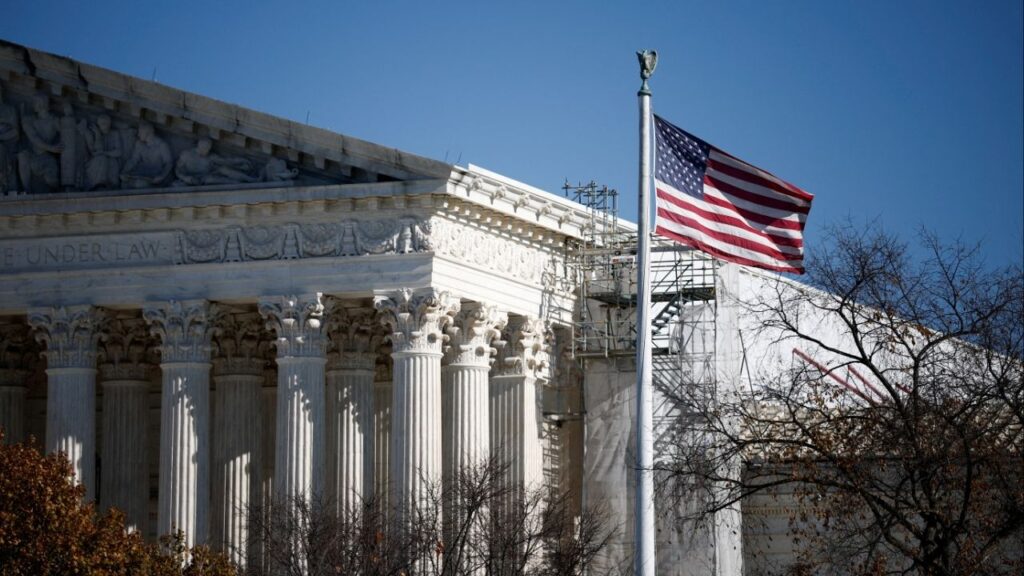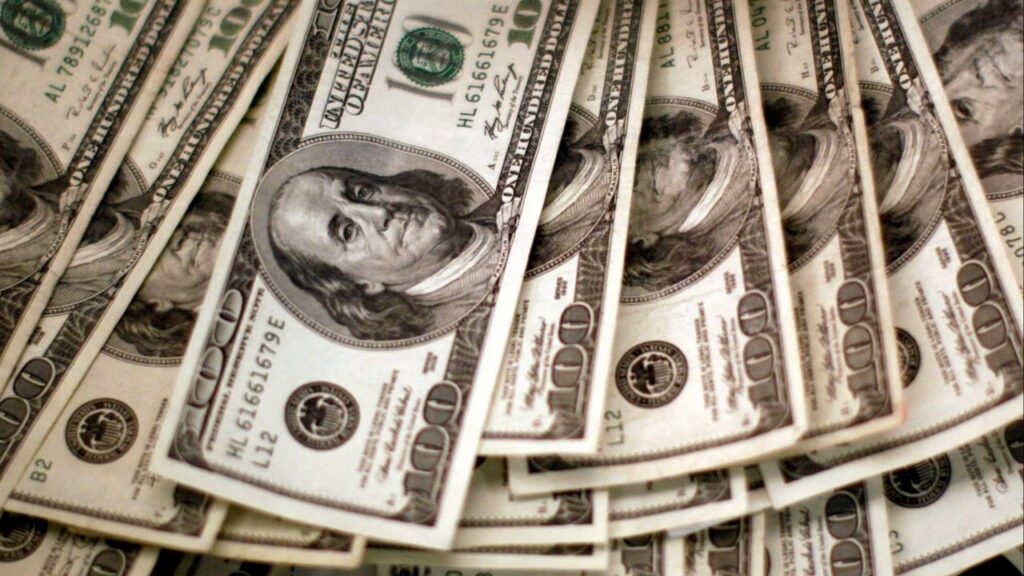Fed cuts key rate by quarter-point amid economic uncertainty, balancing inflation control with job market support. (AP/Mark Schiefelbein)

- Fed reduces benchmark rate to 4.6%, down from four-decade high of 5.3%, as inflation falls to 2.4% in September.
- Powell states election won't immediately affect rate decisions, aims for "neutral" stance to neither restrict nor stimulate growth.
- Economic signals remain mixed, with solid growth but weakening hiring, as markets anticipate higher inflation under Trump presidency.
Share
|
Getting your Trinity Audio player ready...
|
WASHINGTON — The Federal Reserve cut its key interest rate Thursday by a quarter-point in response to the steady decline in the once-high inflation that had angered Americans and helped drive Donald Trump’s presidential election victory this week.
The rate cut follows a larger half-point reduction in September, and it reflects the Fed’s renewed focus on supporting the job market as well as fighting inflation, which now barely exceeds the central bank’s 2% target.
Related Story: Stock Market Today: Wall Street Rallies on Election Day as Economy Remains
Fed’s Benchmark Rate Reduced to 4.6%
Thursday’s move reduces the Fed’s benchmark rate to about 4.6%, down from a four-decade high of 5.3% before September’s meeting. The Fed had kept its rate that high for more than a year to fight the worst inflation streak in four decades. Annual inflation has since fallen from a 9.1% peak in mid-2022 to a 3 1/2-year low of 2.4% in September.
In a statement after its latest meeting ended, the Fed said the “unemployment rate has moved up but remains low,” and while inflation has fallen closer to the 2% target level, it “remains somewhat elevated.”
After their rate cut in September — their first such move in more than four years — the Fed’s policymakers had projected that they would make further quarter-point cuts in November and December and four more next year. But with the economy now mostly solid and Wall Street anticipating faster growth, larger budget deficits and higher inflation under a Trump presidency, further rate cuts may have become less likely.
Related Story: Stock Market Today: Wall Street Ticks Higher Ahead of the Fed’s Decision ...
Powell: Election Has No Immediate Impact on Fed Decisions
Speaking at a news conference, though, Fed Chair Jerome Powell said that “in the near term, the election will have no effects on our (interest rate) decisions.”
Powell said the Fed intends, over time, to keep reducing its key rate toward what the central bank calls “neutral” — a level that neither restricts nor stimulates growth. He and other officials have acknowledged that they don’t know exactly where the neutral rate is.
“We’re on a path to a more neutral stance,” the Fed chair said. “That has not changed at all. We’re just going to have to see where the data is.”
Beyond its economic consequences, Trump’s election has also raised the specter of meddling by the White House in the Fed’s policy decisions, with Trump having proclaimed that as president he should have a voice in the central bank’s interest rate decisions. The Fed has long guarded its role as an independent institution able to make difficult decisions about borrowing rates, free from political interference. Yet during his previous term in the White House, Trump publicly attacked Powell after the Fed raised rates to fight inflation, and he may do so again.
Related Story: America’s Political Divide Shifts from Economics to Education: Fareed Zakaria
Economic Signals and Market Reactions
The economy, too, is clouding the picture by flashing conflicting signals, with growth solid but hiring weakening. Consumer spending, though, has been healthy, fueling concerns that there is no need for the Fed to reduce borrowing costs and that doing so might overstimulate the economy and even re-accelerate inflation.
Financial markets are throwing yet another curve at the Fed: Investors have sharply pushed up Treasury yields since the central bank cut rates in September. The result has been higher borrowing costs throughout the economy, thereby diminishing the benefit to consumers of the Fed’s half-point cut in its benchmark rate, which it announced after its September meeting.
Broader interest rates have risen because investors are anticipating higher inflation, larger federal budget deficits, and faster economic growth under a President-elect Trump. Trump’s plan to impose at least a 10% tariff on all imports, as well as significantly higher taxes on Chinese goods, and to carry out a mass deportation of undocumented immigrants would almost certainly boost inflation. This would make it less likely that the Fed would continue cutting its key rate. Annual inflation as measured by the central bank’s preferred gauge fell to 2.1% in September.
Economists at Goldman Sachs estimate that Trump’s proposed 10% tariff, as well as his proposed taxes on Chinese imports and autos from Mexico, could send inflation back up to about 2.75% to 3% by mid-2026.
Rate cuts by the Fed typically lead to lower borrowing costs for consumers and businesses over time. Yet this time, mortgage rates fell in anticipation of rate cuts but have since bounced back up as the economy has grown briskly, fueled by consumer spending. High borrowing costs not only for mortgages but also for car loans and other major purchases, even as the Fed is reducing its benchmark rate, has set up a potential challenge for the central bank: Its effort to support the economy by lowering borrowing costs may not bear fruit if investors are acting to boost longer-term borrowing rates.
The economy grew at a solid annual rate just below 3% over the past six months, while consumer spending — fueled by higher-income shoppers — rose strongly in the July-September quarter.
But companies have scaled back hiring, with many people who are out of work struggling to find jobs. Powell has suggested that the Fed is reducing its key rate in part to bolster the job market. If economic growth continues at a healthy clip and inflation climbs again, though, the central bank will come under growing pressure to slow or stop its rate cuts.
RELATED TOPICS:
Categories

MAHA Activists Urge Trump to Fire His EPA Administrator

US Supreme Court May Be Poised To Ditch More of Its Precedents

















